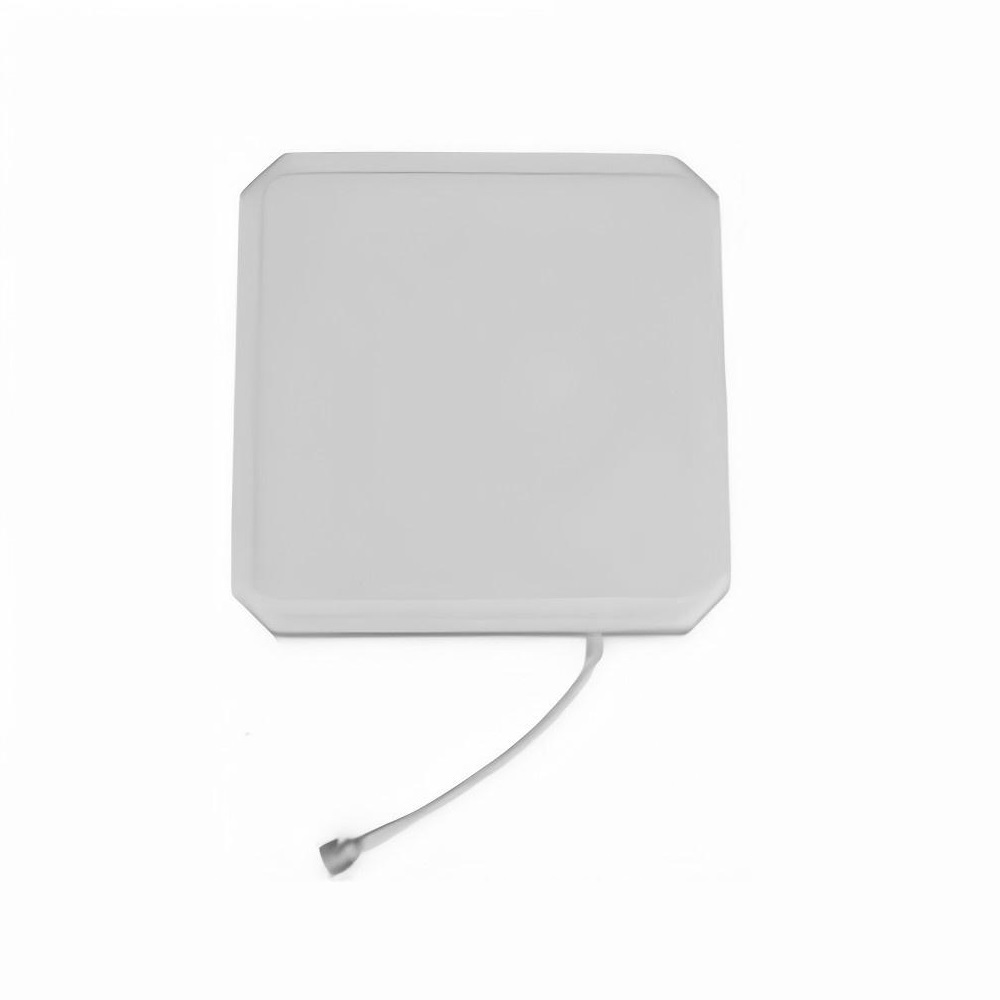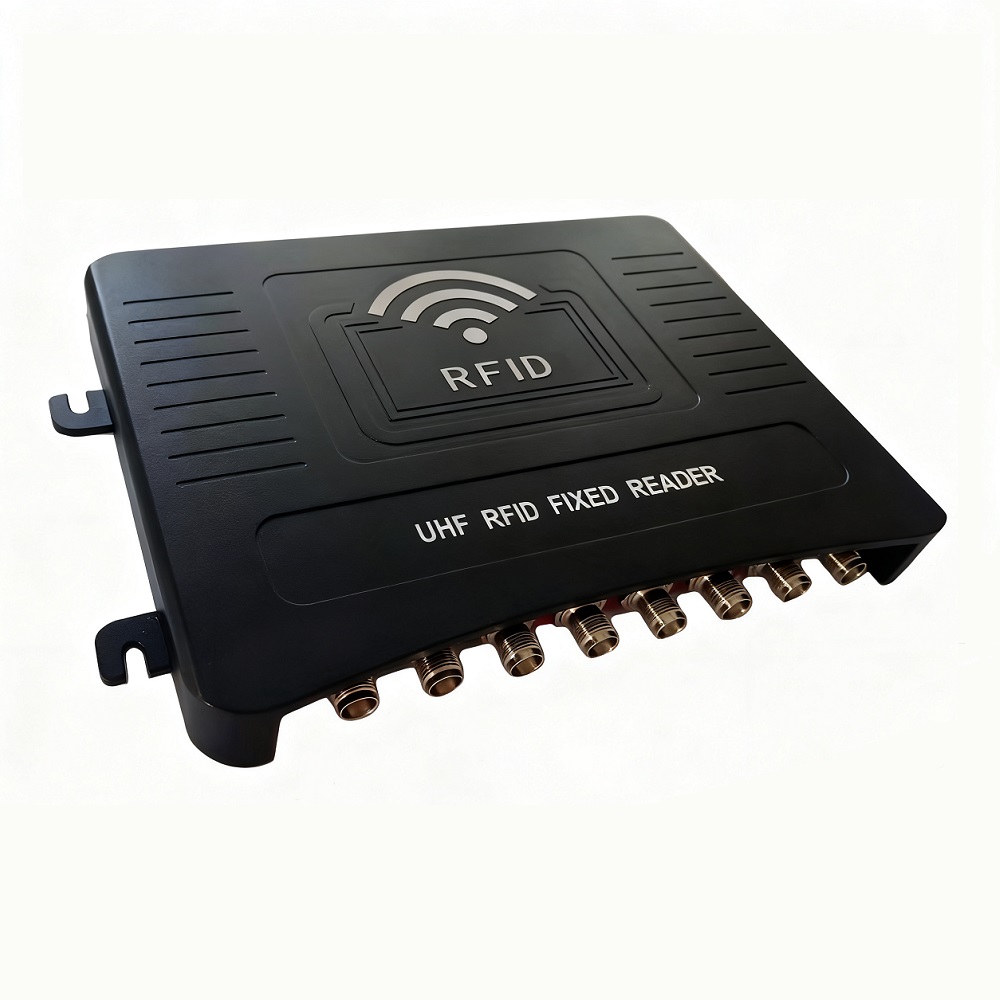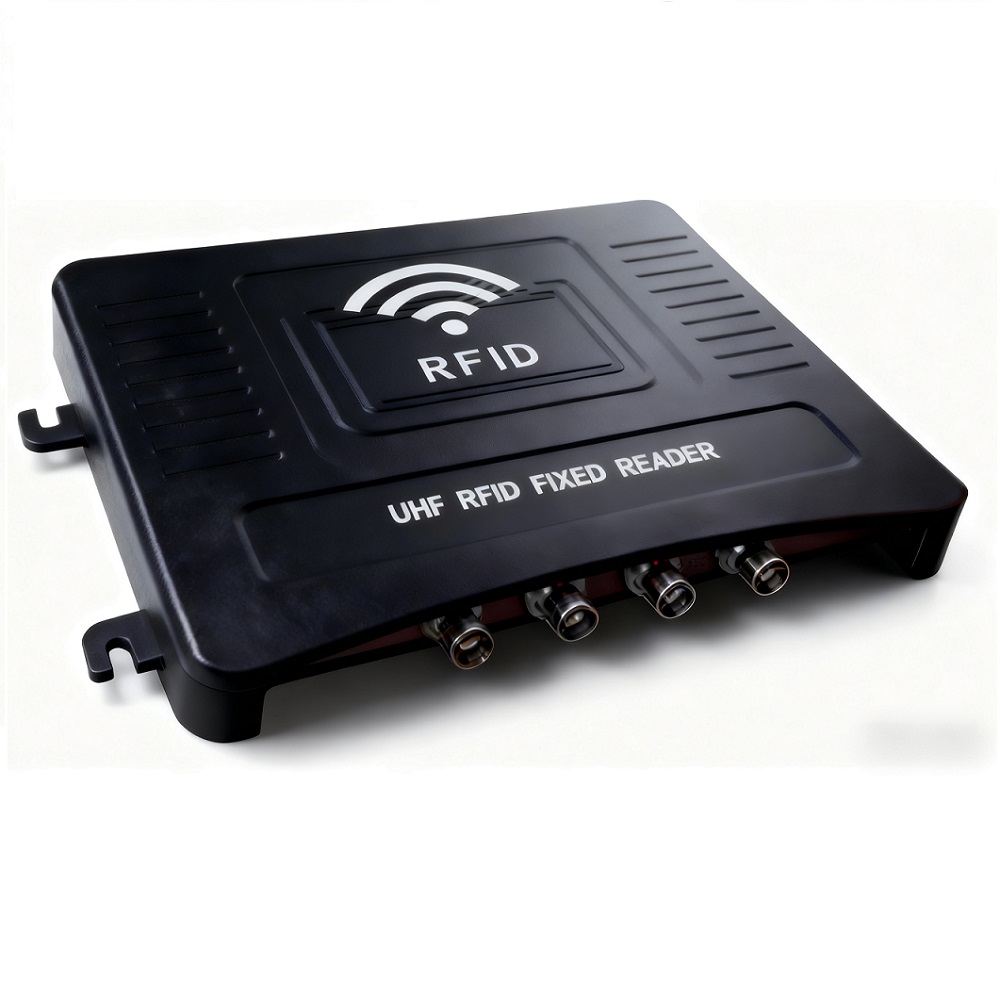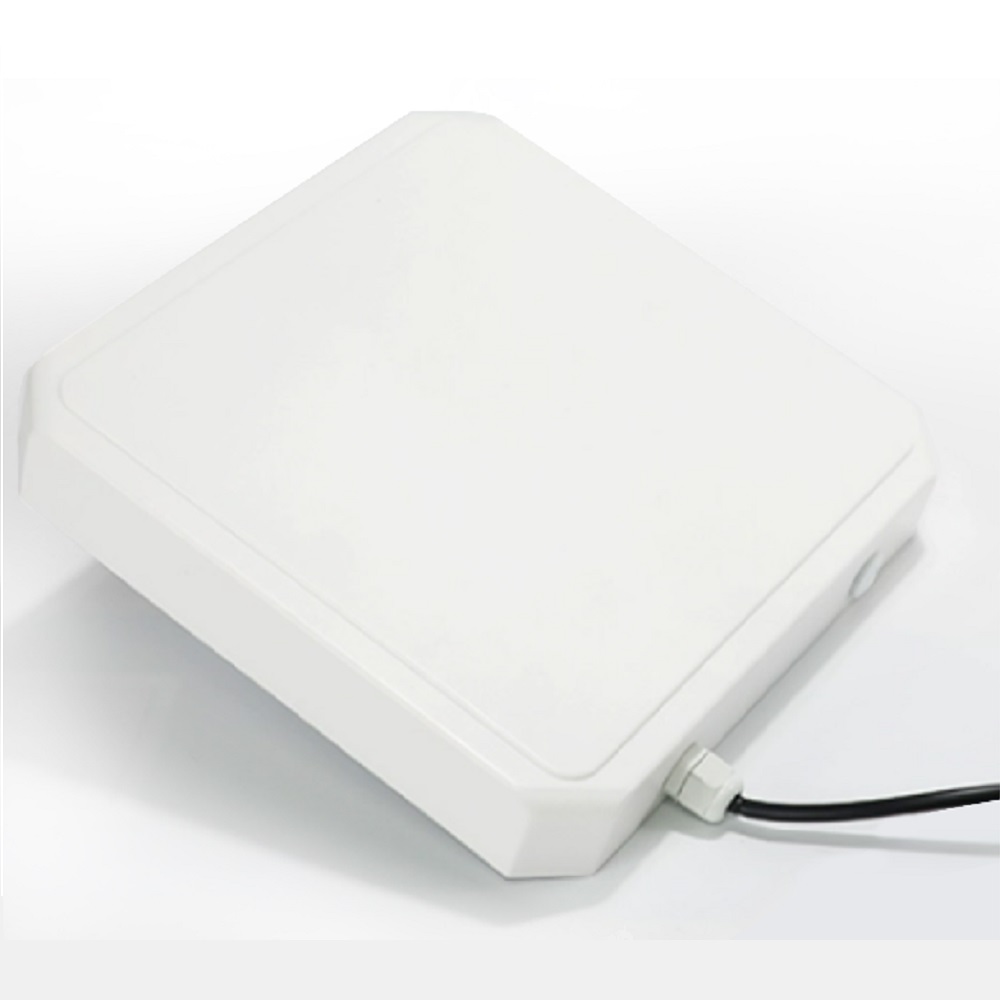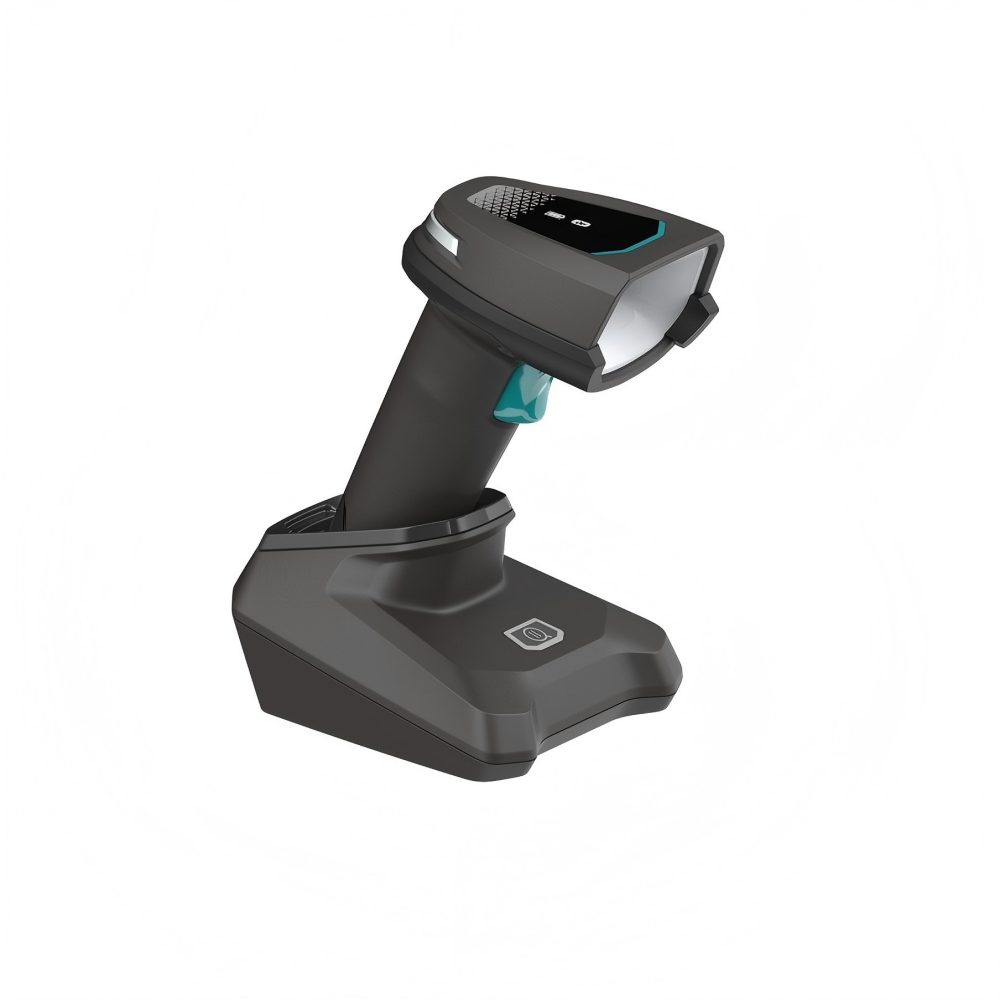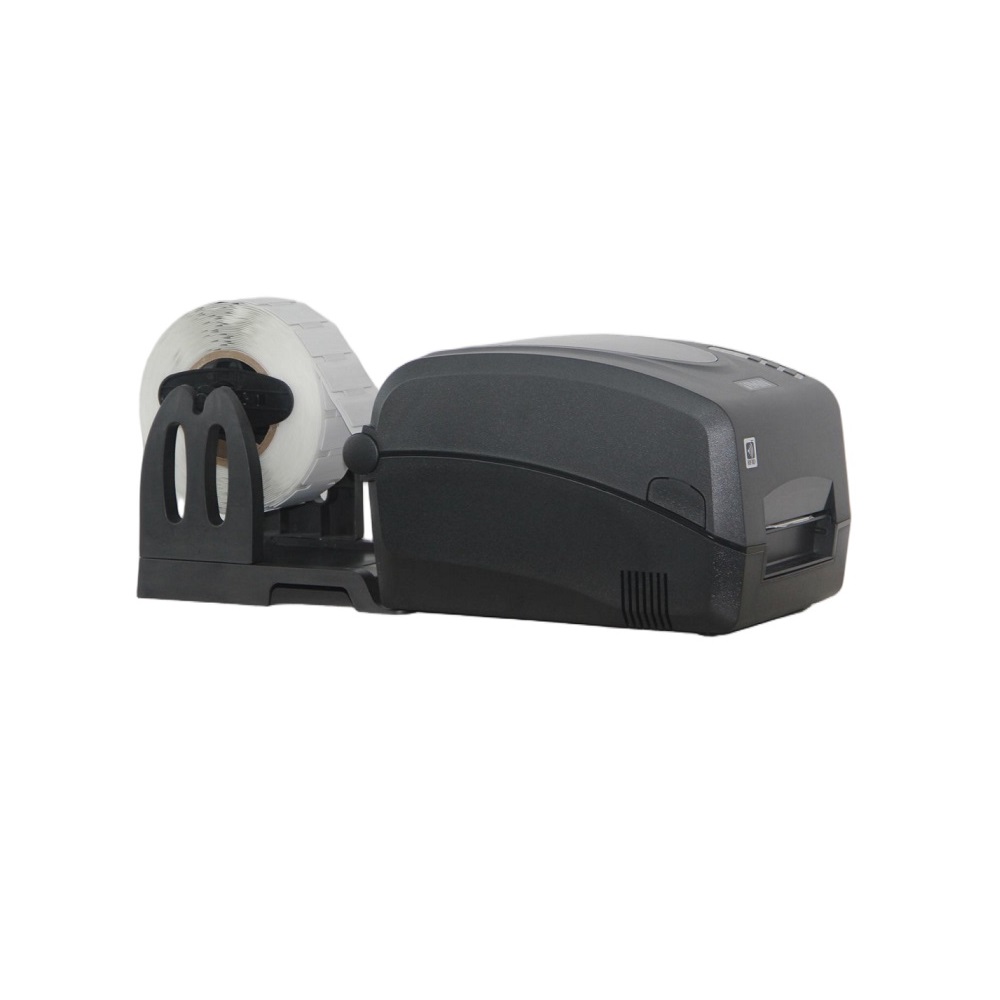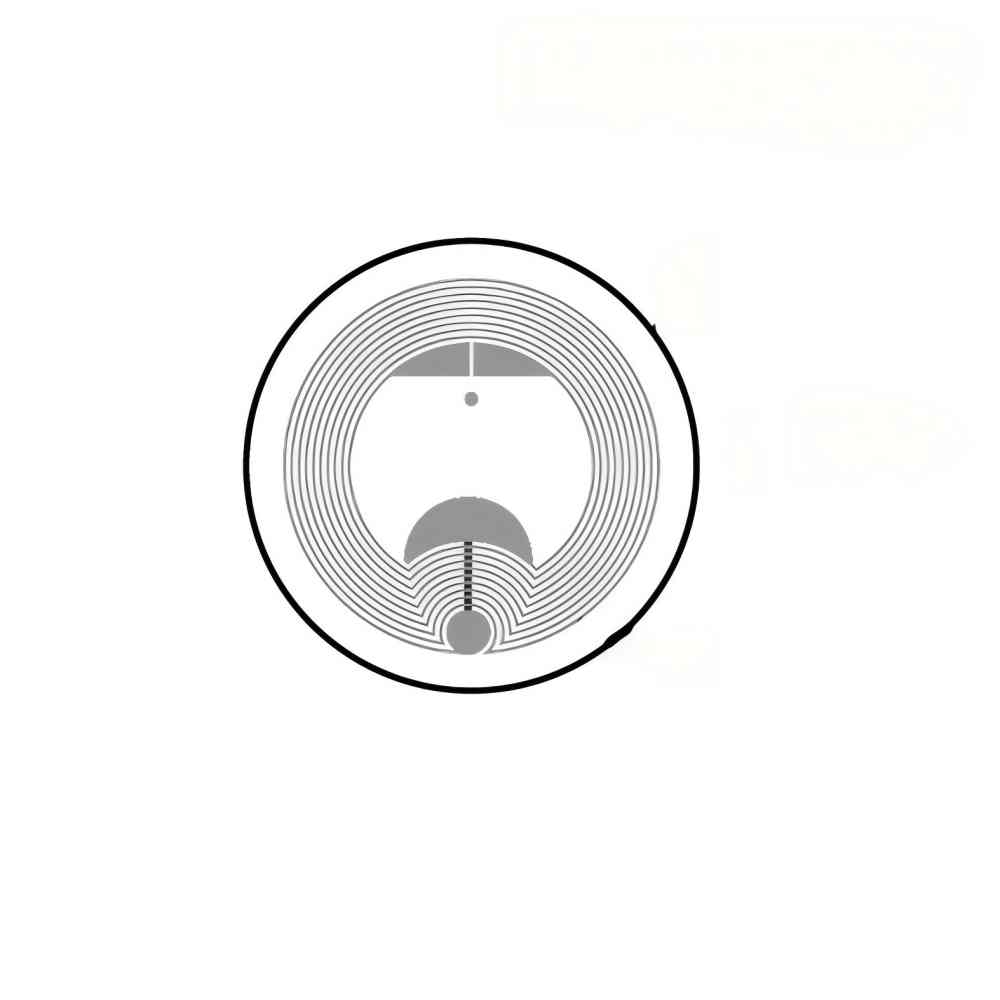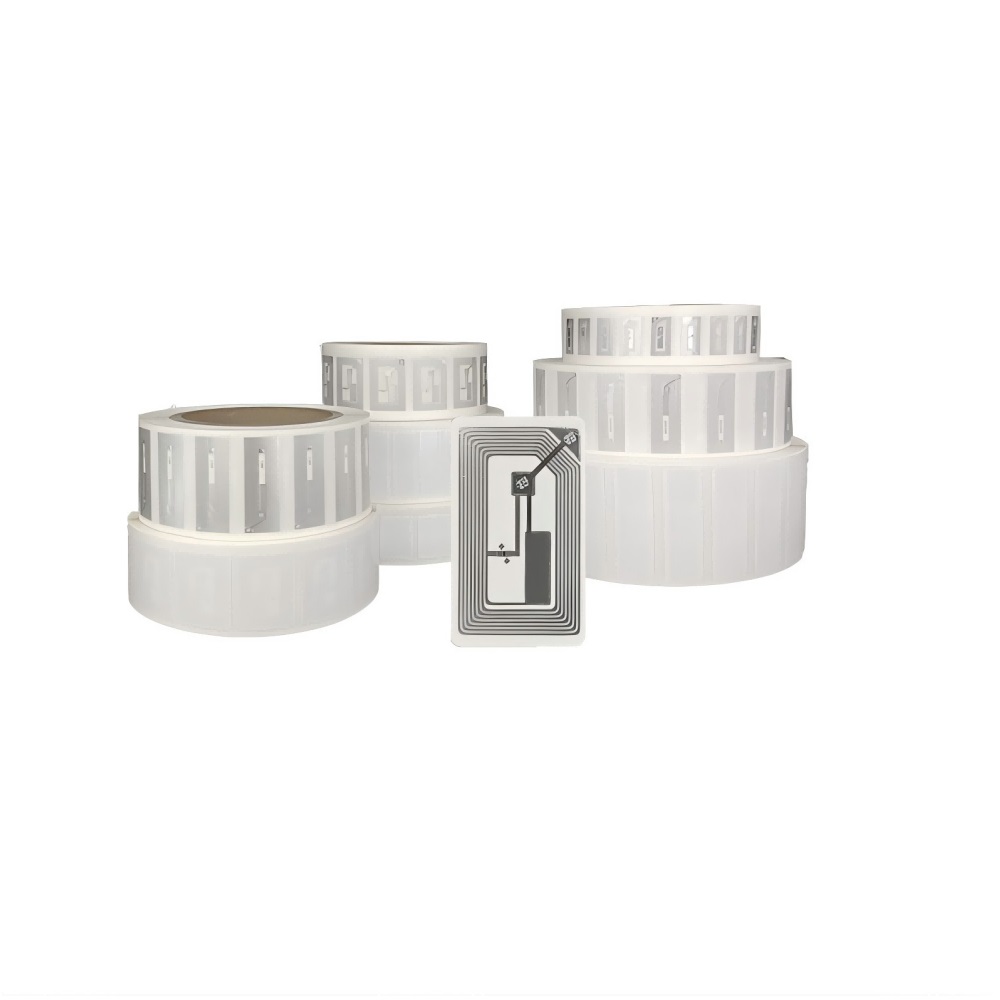A UHF RFID system consists of three components: transceivers, antennas, and RFID tags.
(1) Transceiver Power: Higher transceiver power increases tag energy output and extends the induction range.
(2) Antenna Gain: Greater antenna gain enhances tag energy output and extends the induction range.
(3) Antenna Beam Width: Smaller beam width improves reading range, narrows coverage area, and ensures precise control over the read zone.
(4) Transceiver Sensitivity: Transceiver sensitivity directly impacts reading distance – higher sensitivity enables longer operational ranges.
(5) Tag Sensitivity: The sensitivity of tag chips determines read/write range, with higher sensitivity enabling extended operation distances.
(6) Transceiver-Antenna Bandwidth: All three components should operate within a consistent frequency band for optimal performance. Significant frequency deviations reduce reading effectiveness.
(7) Antenna VSWR: Lower VSWR values minimize energy loss, with 1.0 being ideal. Higher VSWR values increase energy dissipation.
(8) Multi-tag Quantity: In multi-tag environments, the number of RFID tags read per unit time significantly affects the transceiver's performance in handling multiple tags simultaneously.
(9) Reader Collision Handling Algorithm Generally, tags may encounter two types of collision issues:
A. Multiple Tags Collisions: When multiple tags communicate with a single reader, collisions can occur. This situation can be resolved by adjusting the reader's anti-collision algorithm.
B. Multiple Readers Collisions: When multiple readers communicate simultaneously with a single tag, collisions may happen. Solutions include configuring different sessions (calls) for each reader or disabling other readers during testing.
(10) Material Compatibility for Adhesive Tags Metal and liquids can interfere with electromagnetic waves, requiring specially designed anti-metal and anti-liquid tags:
Liquid applications —— require specially designed liquid-resistant tags.
Metal surfaces —— must use anti-metal tags.
If both types of tags are used together, adopt vertical labeling—avoid direct adhesion to metal or liquid container surfaces, ensuring the chip and antenna remain separate from containers. Additionally, pay attention to storage arrangements in liquid and metal applications, as excessive stacking may reduce internal reading efficiency.
(11)Testing Environment For RFID performance testing, conduct it in an open environment. Obstructions like metal or liquids between the reader's antenna and tags, or electromagnetic interference with similar frequencies, can affect test results.
First, verify if there are metal obstructions in the testing environment. Dense metal mesh can shield UHF signals, causing significant attenuation that prevents tag information retrieval. Secondly, if the goods are in a warehouse full of goods, it is necessary to consider whether the nature of the goods (metal, liquid, clothing, etc.) will affect the electromagnetic wave, and avoid multi-layer stacking. At the same time, RFID equipment should keep distance from other items to avoid serial reading.



